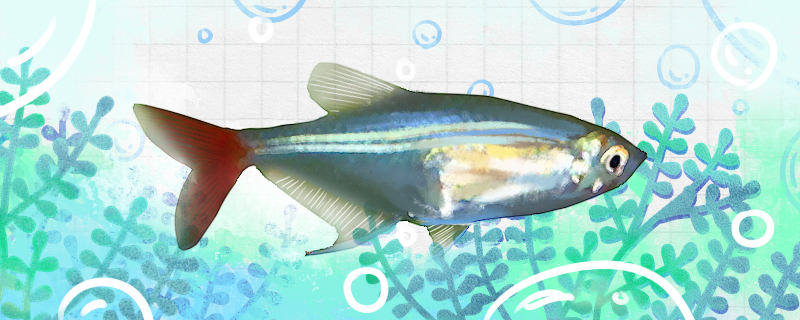
red-tailed glass fish? Red-tailed glass fish is a kind of tropical fish which is easy to raise and has distinct characteristics. True to their name, they have glassy bodies and blood-red tails. They are gentle and lively, can get along well with other fish, and are suitable for polyculture with small tropical fish species. They have strong adaptability, are not very sensitive to water quality, and can tolerate a wide range of temperatures. It is not difficult for
them to reproduce, and they usually need to lay some aquatic plants on the bottom of the tank so that the eggs can attach to them. The male and female fish are put into the breeding tank according to the ratio of 1:1 or 2:1, and the larvae can be hatched after 24 hours after the fertilized eggs are laid. Generally speaking, this kind of fish is relatively simple to raise and suitable for novices.
red-tailed glass fish? 1. Water quality: Red-tailed glass fish is suitable for living in soft water with weak acidity. It should be noted that when the water quality deteriorates, their bodies will change from transparent to white and turbid, and they will die easily after a long time. Once such symptoms occur, water should be changed in time to improve water quality.
2. Temperature: They can tolerate a wide range of temperatures, usually 17-32 ℃, but the water temperature suitable for their growth and reproduction is between 21-28 ℃. In summer, attention should be paid to maintaining the water temperature, which will also cause the fish body to turn white.
3. Feeding: They like to move and feed in the middle waters. Red nematodes and water fleas can be used as staple food when raising at home. Young fish can be fed egg yolks and water fleas.